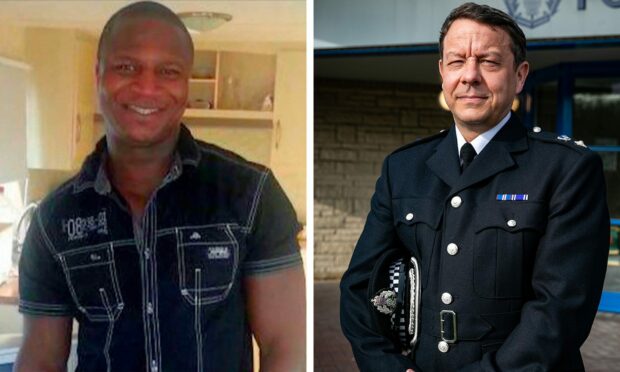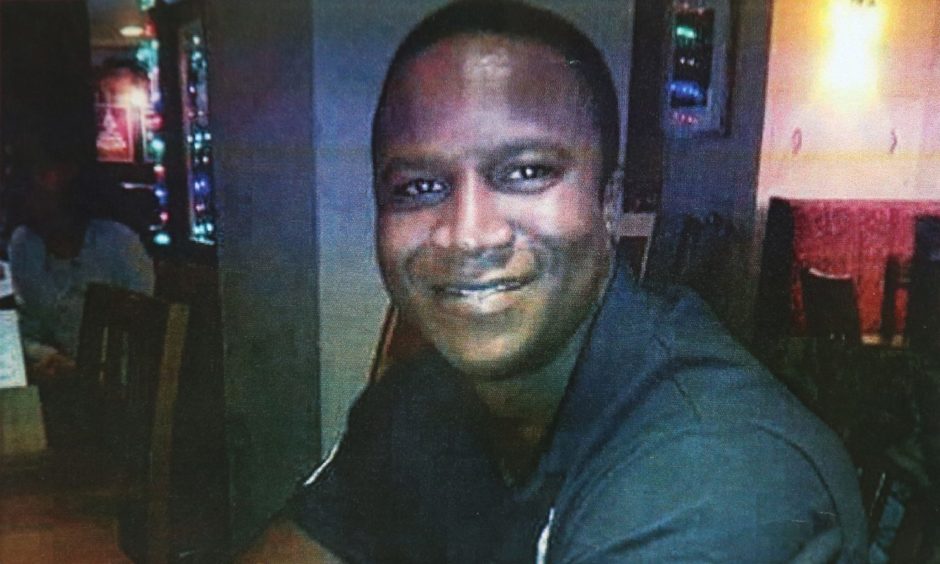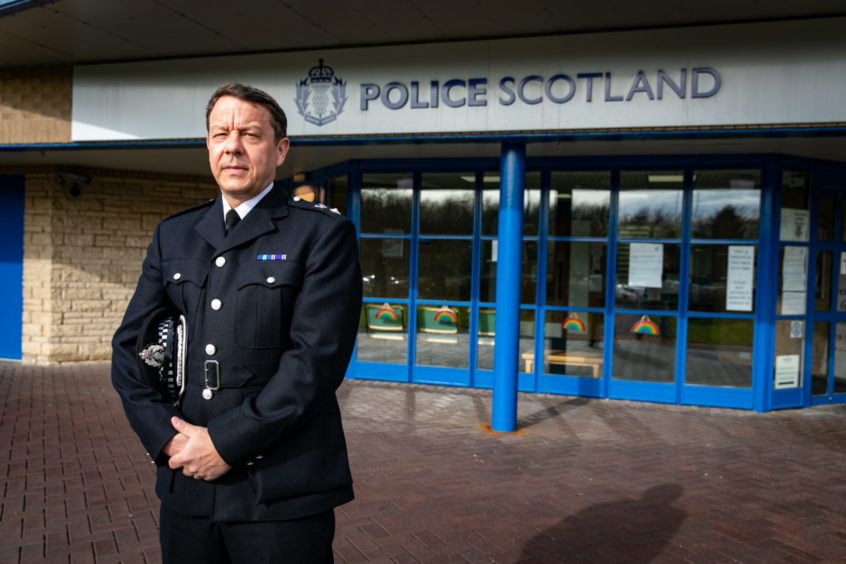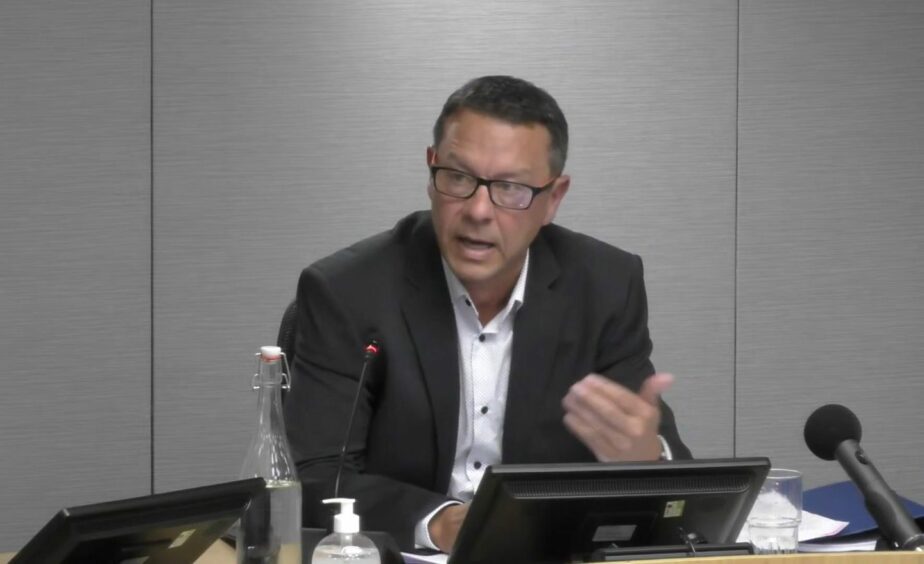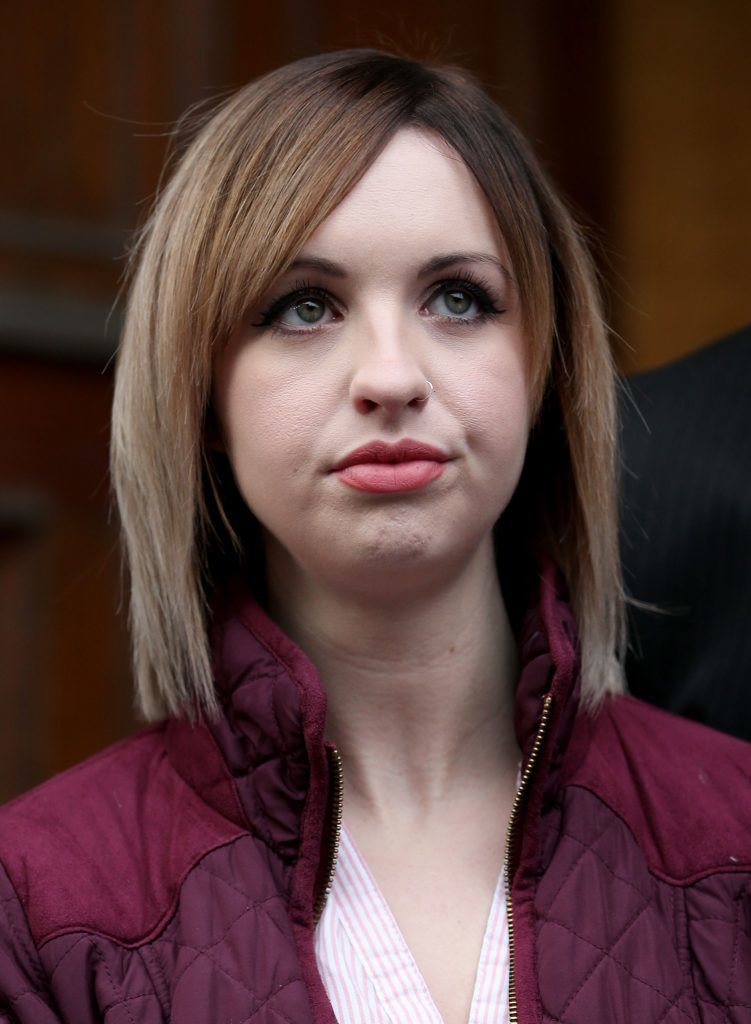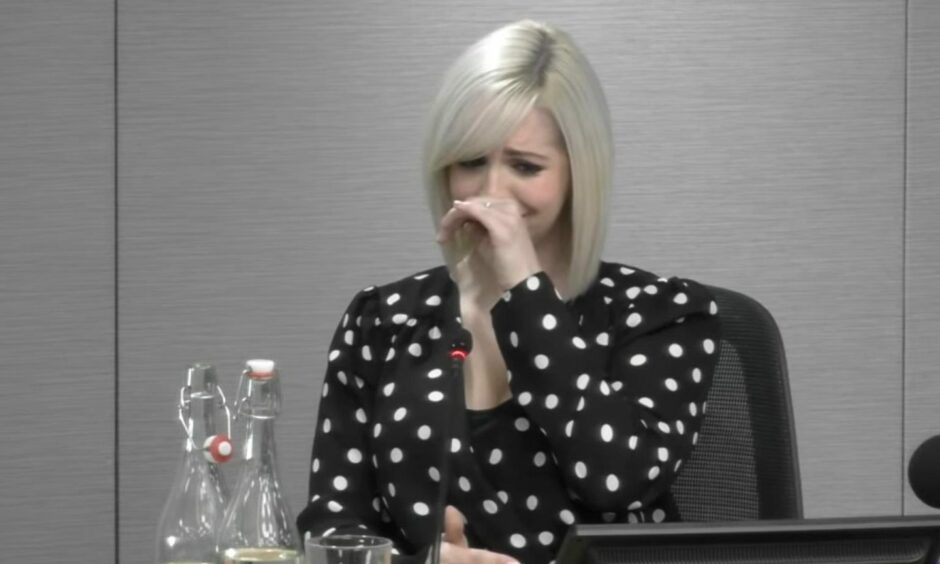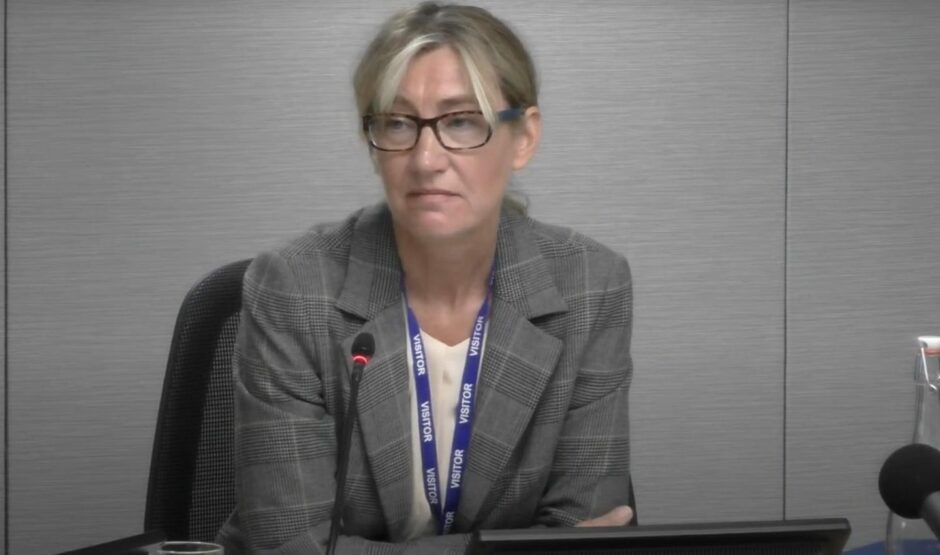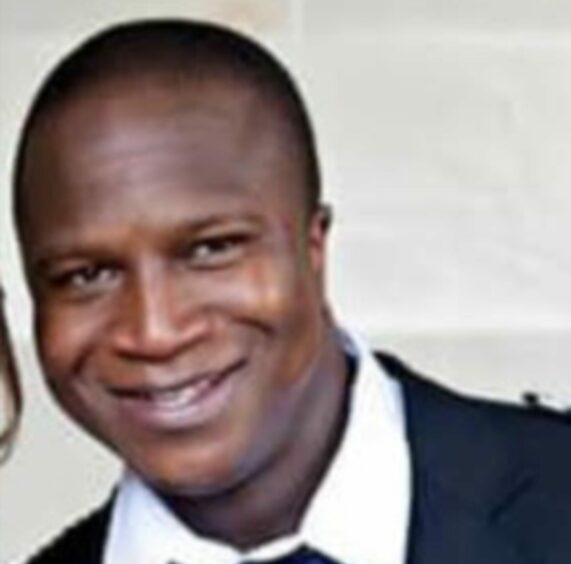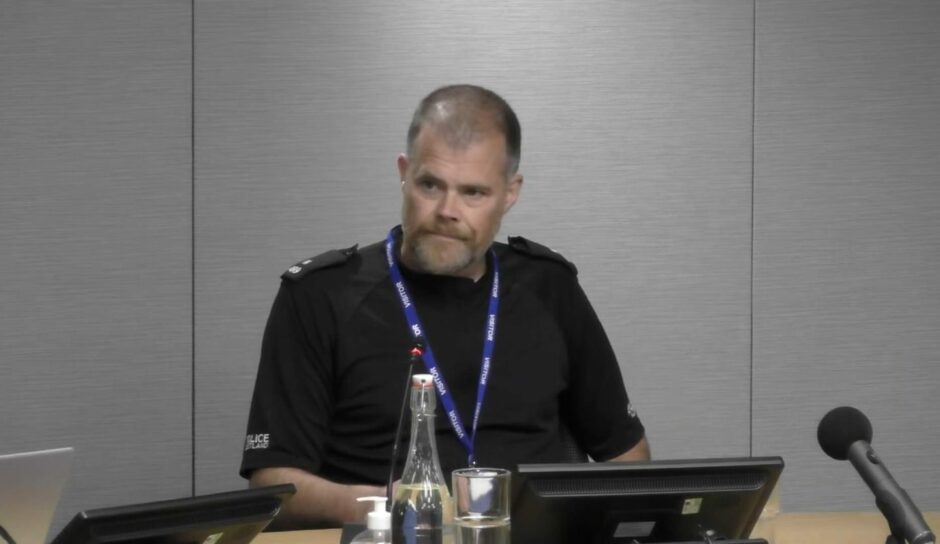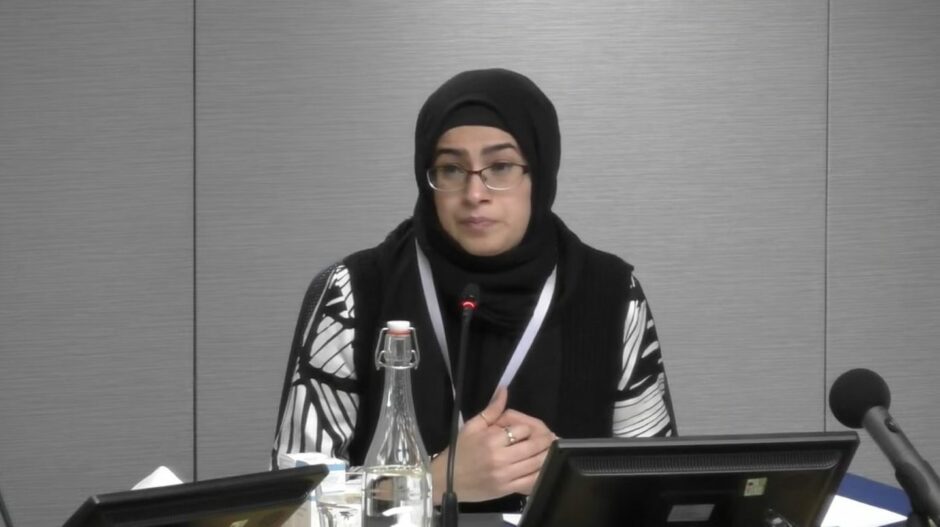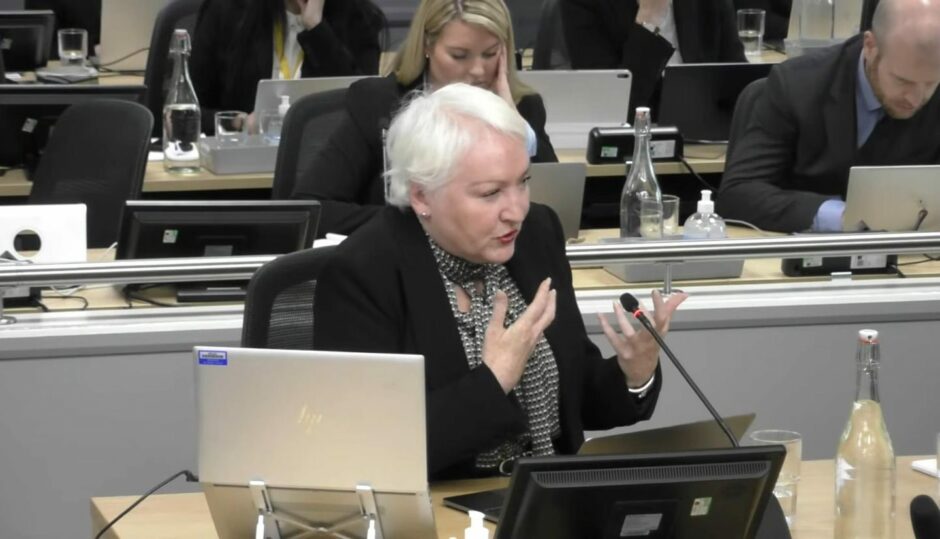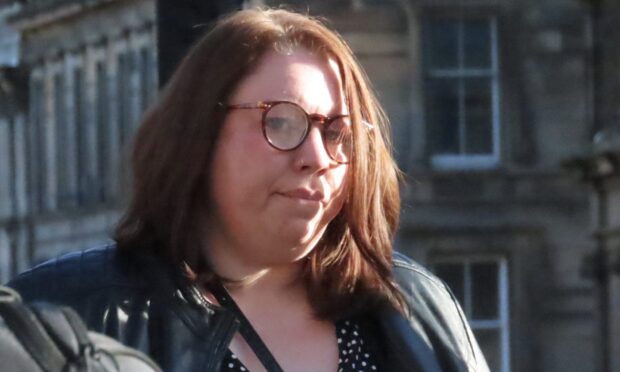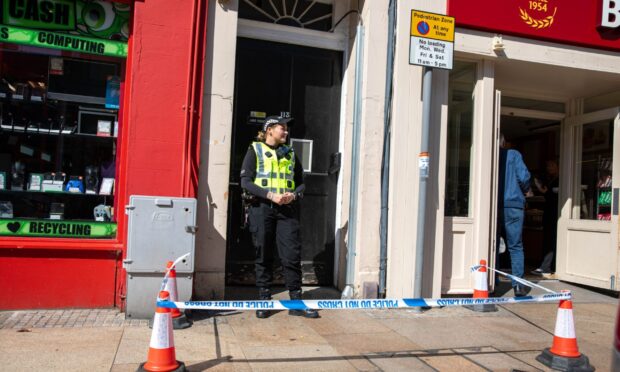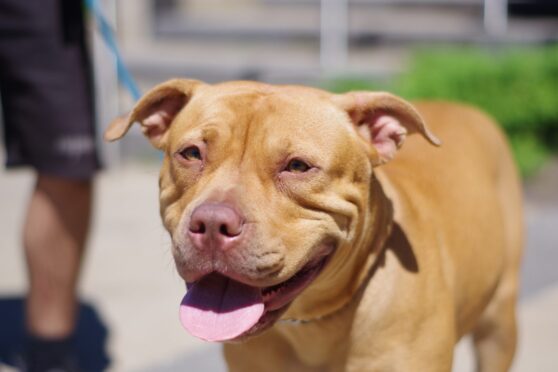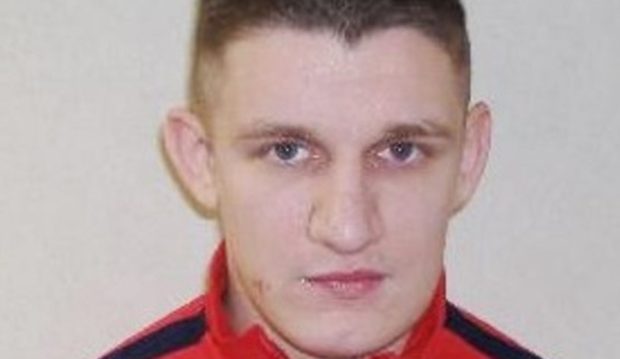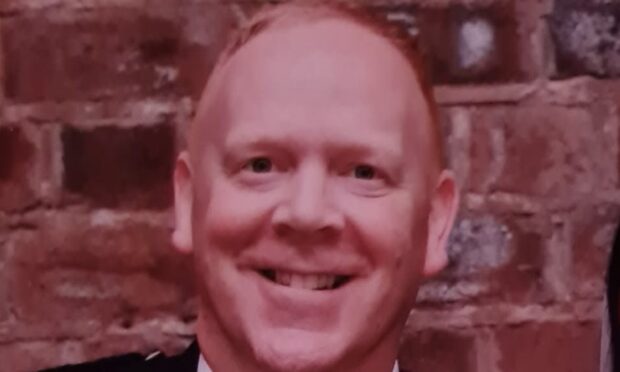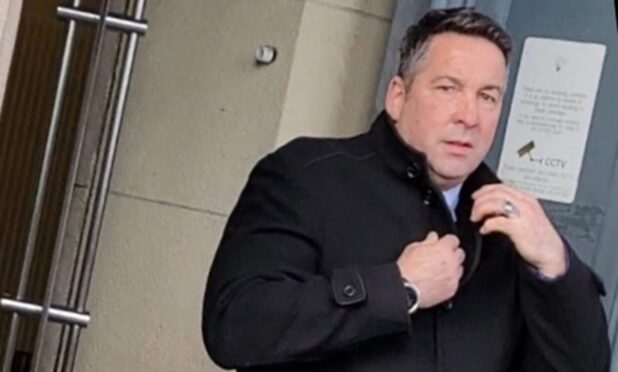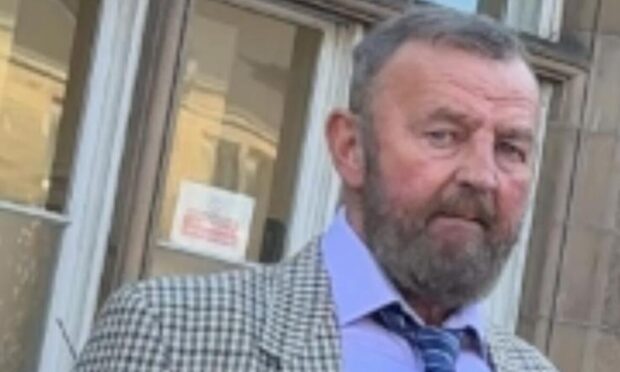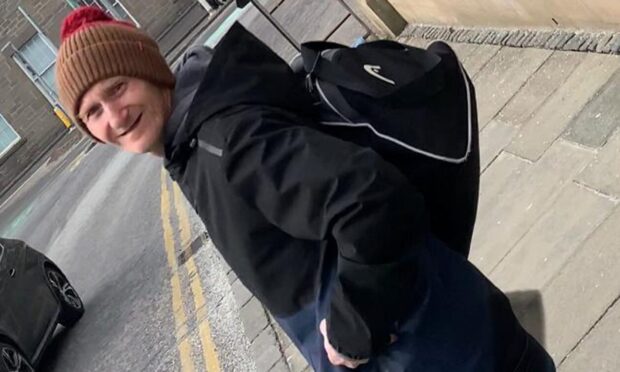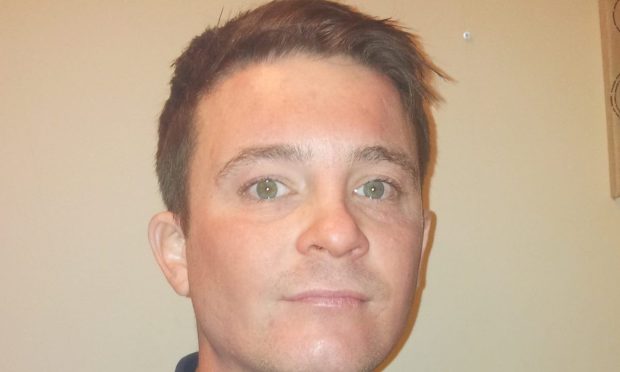A retired chief superintendent told the Sheku Bayoh inquiry racism can “manifest itself” in Police Scotland and hate crime is often “underreported” in society.
Garry McEwan, who oversaw policing in Fife at the time of Mr Bayoh’s death on May 3, 2015, gave evidence this week to the ongoing inquiry.
Father-of-two Mr Bayoh, 31, died after he was restrained on the ground by six police officers in Kirkcaldy.
The inquiry is investigating the circumstances of his death and whether race was a factor.
Racism
Mr McEwan was asked by senior counsel Angela Grahame KC if he had witnessed racism while working for Police Scotland.
It followed extracts read by Ms Grahame from a letter sent to Mr McEwan by the Fife Islamic Centre.
The letter, sent shortly after Mr Bayoh’s death, cited concerns police “did not act responsibly” while responding to the incident which resulted in his death.
The letter was sent at the request of the father of Zahid Saeed – a close friend of Mr Bayoh, whose property was one of five places investigated by police shortly after the death.
The Islamic Centre sought a meeting with police to “safeguard safety of our Muslim community as soon as possible”.
Mr McEwan, 52, said he spent between 10 and 15 years investigating allegations of racism within Police Scotland’s ranks and had to sack members of staff for racist behaviour.
He cited an example where an officer had shared or posted a racist meme on social media, which led to their dismissal.
Outgoing chief constable of Police Scotland Sir Iain Livingstone said in May the force “is institutionally racist”.
Mr McEwan told the inquiry the number of instances in which action had to be taken against Police Scotland staff who displayed racist behaviour was low.
Asked by Ms Grahame if he had any concerns of racism within Police Scotland ranks being underreported, he said: “I don’t have any evidence of it.
“I suspect there will be because what my experience has told me, not in the police but across society, is that there is underreporting of hate-related incidents and/or crime, so why would that not manifest itself in a huge organisation like Police Scotland?”
Ms Grahame asked if the methods for reporting racism within the police may have “hampered reporting of racially discriminatory behaviour”.
He replied: “I can’t think of any technological or cultural issues that would hamper the reporting.”
Family ‘absolutely’ deserved better treatment
Mr McEwan also told the inquiry failing to tell Mr Bayoh’s partner, Collette Bell, about “anything to do with police contact” following his death until further investigation had taken place “was not the right thing to do”.
He said: “If I was there that day, I would have said, ‘Why not? Why wouldn’t we?”‘
The retired superintendent mentioned fears surrounding “community tensions” as a result of Mr Bayoh’s death.
“Actually, it’s less about the community tensions.
“It’s more about treating Collette Bell as I would want my partner to be treated in similar circumstances.”
He said: “I don’t know if by telling Collette Bell something, (that) would have compromised the investigation.
“There is nothing that’s obvious to me but that wasn’t my area of responsibility.”
Mr McEwan advised Mr Bayoh’s death was the first time he had ever declared a “critical incident” – the most serious – in his 25 years of policing.
Visit to family explained
The Police Investigations and Review Commissioner (Pirc) was drafted in to help with the investigation.
Mr McEwan said he “wasn’t overly impressed by their initial inaction” with the family members of Mr Bayoh, adding family liaison officers (FLOs) were not sent out by Police Scotland or Pirc.
On the third day of his evidence, Mr McEwan said he felt sending family liaison officers to speak to Mr Bayoh’s relatives may have worsened the “highly charged” response so he instead decided to visit them himself.
Amid questioning on which FLOs – either Pirc or Police Scotland – should have been dispatched, he said: “The problem was… officers from Fife division had visited the family with the death messages two and three and there was a significant fallout from that and an absolute mistrust and distrust around policing, because Sheku had died following police contact.
“So at that point, the opportunity to deploy a Police Scotland FLO would have added little benefit because of that distrust that had emerged over the preceding four or five hours.”
Mr McEwan decided to visit the family himself, alongside another high-ranking office.
He told the inquiry this was because the family had asked him to do so and also because he thought they deserved answers.
He added: “The family were absolutely devastated and upset and what I felt was that… as the most senior officer in Fife division, that family deserved to hear the facts as I knew them at that time.”
‘Shrugging’ claim addressed
Ms Bell alleged Mr McEwan had “shrugged his shoulders” after asking if her partner had been beaten to death by police, though the retired superintendent said he did not remember doing so and if he had, it would not have been out of malice.
In evidence given the day before, he said: “I genuinely went to that house to try and provide the family with some information that they hadn’t had before and I felt that it was the right thing to do.
“And I’m genuinely sorry if it didn’t come across that way.”
Mr McEwan said family members “absolutely” deserved better treatment in how they approached them regarding Mr Bayoh’s death.
Mr Bayoh’s sister Kadi Johnson, had alleged Mr McEwan told her her brother was seen carrying a machete or “large knife” before his death.
He said he does not remember using the word “machete” but admitted it is a possibility.
Asked if the word “machete” has any racially-motivated connotations, he said no.
Race factor ‘blindingly obvious’
The inquiry also heard evidence on Thursday and Friday from retired detective chief superintendent Lesley Boal.
Senior counsel Angela Grahame KC said Mr Bayoh was hit with a baton several times and Pava and CS spray were used before he was restrained.
Ms Grahame asked if this would permit an investigator the right to “rule out” race being a factor.
Ms Boal said: “No, I would be putting that as potentially supporting the suggestion.
“There’s also a bit about what you would have to know what danger Mr Bayoh presented at that time.
“But… you couldn’t rule that out – race being a factor – with that type of information.”
Continuing her evidence on Friday Ms Boal was asked about a “race hypothesis”.
She was line manager for senior investigating officer Pat Campbell but said she did not ask him if it was a strategy because she believed it was “blindingly obvious”.
Ms Boal told the inquiry: “Did I sit down and ask Pat that one of these hypotheses was that the officers’ actions were racially motivated?
“I didn’t. I thought it was blindingly obvious to everybody.
“Why were we all there if this wasn’t one of the key factors?
“A man had died in police custody and he was a black man.
“This was the major issue here.
“From what had happened in other parts of UK, from previous incidents, it was so serious.
“Of course it was a critical incident.
“A black male had died following restraint by police officers.
“Of course race was the main factor in terms of how the officers had dealt with it.”
Urged to inform family
Mr Bayoh died in hospital at 9am, according to a statement given to his family.
Ms Boal said the officers involved were treated as witnesses by both Police Scotland and the Police Investigations and Review Commissioner (Pirc), rather than suspects.
Ms Boal said she wanted statements to be taken from officers but none were given due to legal advice from the Police Federation.
She said family liaison officers (FLOs) were crucial but at 1.30pm she pressed for officers to deliver the death message as “every Tom, Dick and Harry knows except the family” and she was worried about the delay.
She said she was unaware of a decision to withhold information about police involvement.
House entry questioned
On Monday, a police officer said he cannot remember whether he was given consent to enter a house treated as a crime scene following the death of Sheku Bayoh.
PC Rhuaridh Fraser, 49, admitted he “could have attempted further” to communicate with the household, believing none of them spoke English.
The officer, who has worked for Police Scotland since 2009, was questioned on a 2015 incident where officers investigated a property being treated as a crime scene.
Mr Fraser had been accompanied by another police officer and later two CID detective inspectors to the property.
Saadia Rashid told the inquiry in February of her “traumatic nightmare experience” when the officers asked her and her family to vacate their home on May 3 2015.
She said they told her they did not need a warrant and that she was left feeling she had no choice but to leave.
She also said she was not aware of anything that would connect Mr Bayoh to the house.
Mrs Rashid is the brother Zahid Saeed, who said he and his friend Mr Bayoh had taken drugs and fought earlier that night.
Angela Grahame KC, senior counsel to the inquiry, asked Mr Fraser if police obtained consent to enter the property.
He replied : “I don’t recall but I can only assume I knocked on the door and the door was opened.”
Mr Fraser said he did not think any of the residents spoke English and he felt unwelcome, partly because of the language barrier and also because he felt he was causing “anxiety” to the residents.
However, he admitted he may have left the property “too quickly”.
He was questioned by the Bayoh family lawyer, Claire Mitchell KC, on “unconscious bias” and his understanding of racism after Mrs Rashid said she felt the family may have been “treated differently” due to their race and religion.
The officer said this was not the case and said he does not have any overt or unconscious biases.
The inquiry, before Lord Bracadale in Edinburgh, continues.
